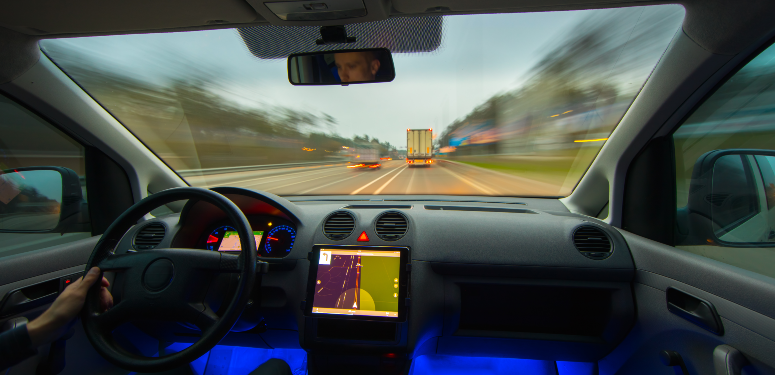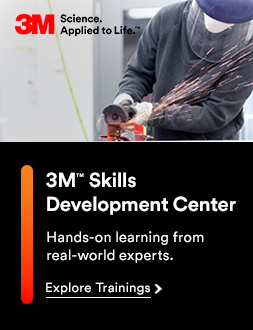Windsor, Ontario — In what may be the first study of its kind in Canada, a research team from the University of Windsor is taking their crack at the increasingly likely theory that autonomous driving systems, such as that at work in Tesla vehicles, has the capacity to instill a “false sense of security” among drivers.
With this new avenue of research open, thanks largely to landmark analysis from the IIHS, in a addition to a number of lawsuits pursuing the question of OEM liability in the case of autonomous vehicle (AV) crashes, a team comprised of kinesiologists and engineers from the Southern Ontario university are aiming to expand our industry’s understanding of how drivers interact with self-driving systems.
According to reporting from the Windsor Star, this $319,000 project will be headed up by Francesco Biondi and Balakumar Balasingam, associate professors of kinesiology and electrical engineering respectively.
The pair, who plan to publish their findings this summer, have been working with a team of 30 volunteer drivers from the university to observe how the drivers behave both while they are driving manually, and while they are driving with the autopilot of their Tesla Model 3 engaged.
For their honourable contribution to science, all the test drivers are asked to do is drive along Highway 401 from the University of Windsor campus to the county border with Chatham-Kent. On the way up, they drive manually; on the way back down to campus they use autopilot.
The drivers will also be strapped with instruments to monitor factors like the direction of the driver’s gaze, pupil dilation, blink rate and heart rate, while also being joined by a researcher in the backseat to make sure everything is running smoothly.
In preliminary testing, the pair of researchers have found that the most abrupt change to drivers’ attention while autopilot is engaged tends to occur when sudden changes in the roadway, like construction, are encountered.
“There were some roadworks and it was interesting how we saw drivers get frightened when the car transitioned from the regular road to the road works section,” Biondi said.
“They trusted the system until then and all of sudden, when the car lost lane markings and its behaviour became more radical or unpredictable than before, the drivers got frightened.”
Biondi says there are plans in place to share the results of the project with the Ministry of Transportation upon its completion, with the goal of applying the knowledge to improving driver training as well as informing the course of future AV and ADAS-related policy.
Of the $319,000 funding the project, $121,000 is being supplied by Ontario’s Ministry of Transportation, $87,000 is coming from the Natural Sciences and Engineering Research Council of Canada, while the final $26,000 is being invested by American cockpit camera developer Dreyev.







































